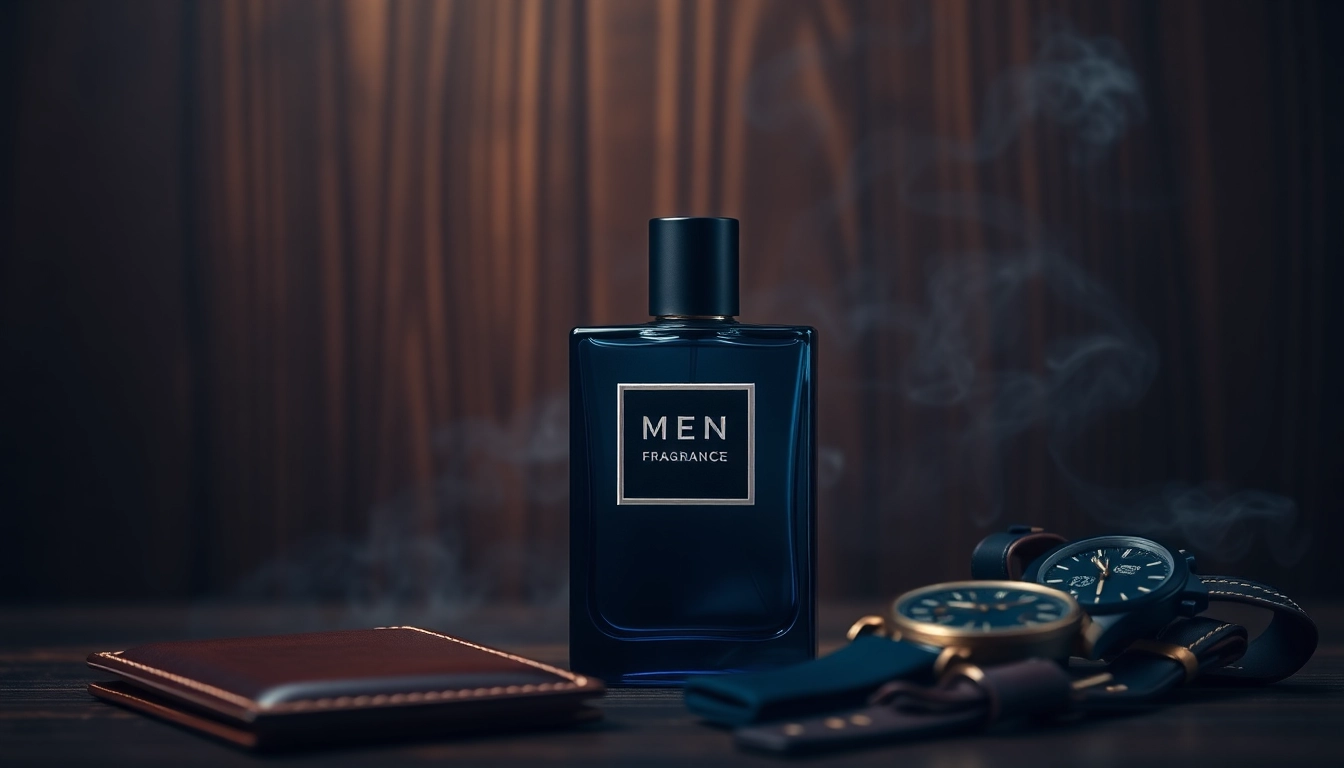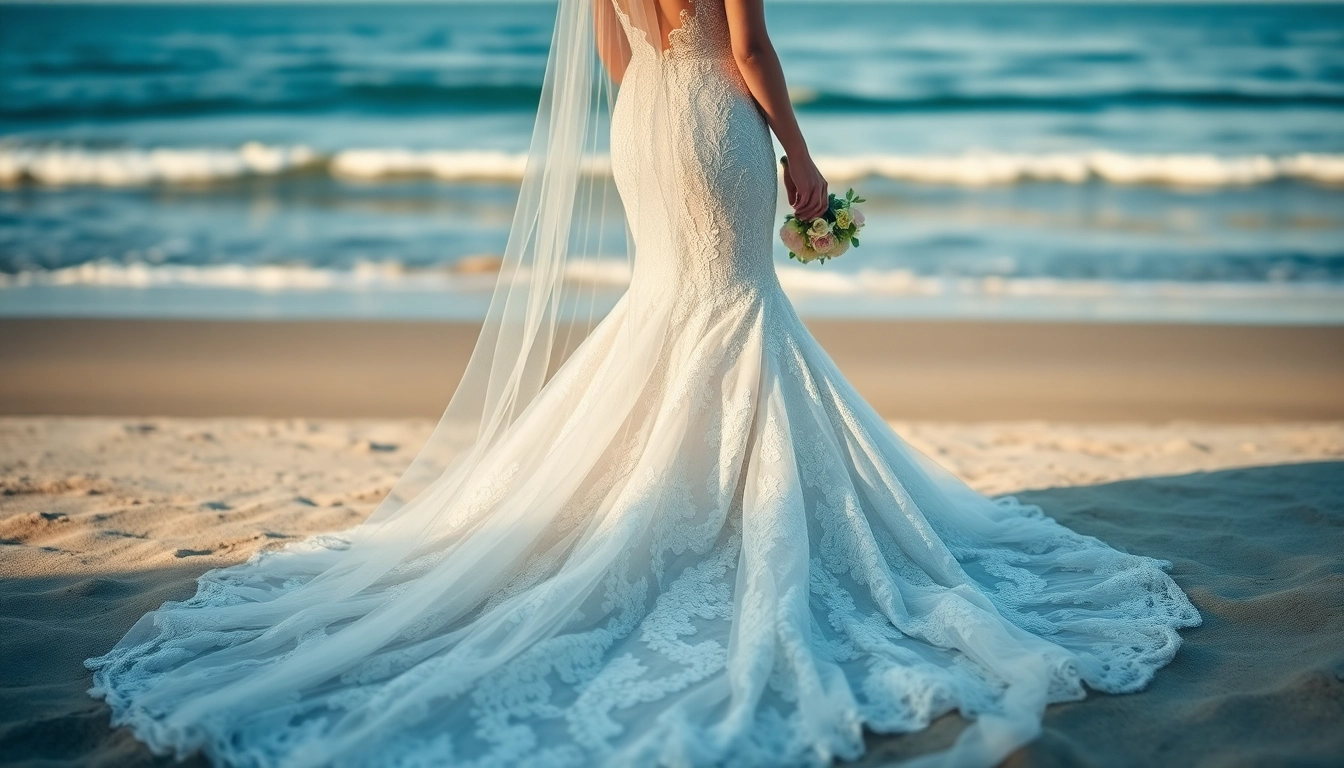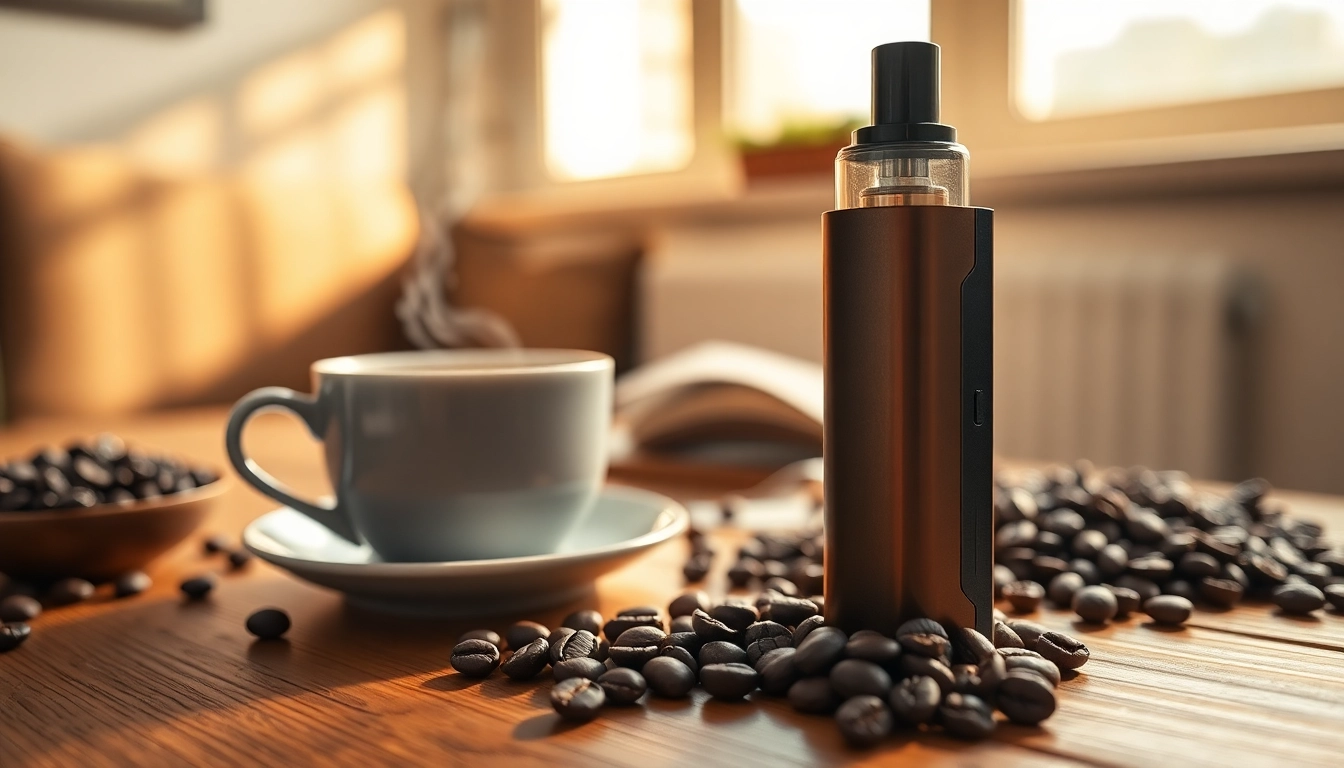
Understanding Men’s Fragrance Types
1. The Different Families of Fragrances
When venturing into the world of men’s fragrance, understanding the classification of scents is crucial. Fragrances are typically categorized into families, which encompass various scent profiles and characteristics. The main families include:
- Citrus: Fresh and lively, citrus fragrances often feature notes of lemon, bergamot, or grapefruit. They are perfect for daytime wear and evoke a sense of brightness and energy.
- Woody: These fragrances, composed of aromatic wood notes like cedar, sandalwood, and vetiver, provide warmth and depth. They are usually seen as sophisticated and suitable for evening wear.
- Oriental: Rich and exotic, oriental fragrances combine spices, amber, and resins for a luxurious scent experience. They are often more intense and better suited for formal occasions.
- Fougere: Meaning “fern” in French, fougere fragrances blend notes of lavender, oakmoss, and coumarin, creating a fresh yet earthy scent that is popular for its versatility.
- Floral: Although traditionally associated with women, many men’s fragrances incorporate floral notes like jasmine and rose to add complexity and lightness.
2. Notes and Composition Explained
A fragrance consists of three layers of “notes”: top, middle, and base notes. Each layer plays a critical role in how the fragrance is experienced:
- Top Notes: These are the initial scents that you smell upon application, often light and refreshing, such as citrus or herbal notes. They usually last around 15-30 minutes.
- Middle Notes: Emerging after the top notes fade, these comprise the heart of the fragrance, including floral or spicy elements. The middle notes typically last several hours.
- Base Notes: These form the foundation of the perfume, providing depth and longevity. Notes like vanilla, musk, or leather may be present and can last for hours or even days on the skin.
3. Choosing the Right Fragrance for Your Personality
The right fragrance can express your individuality and enhance your persona. When choosing a scent, consider aspects like:
- Your Lifestyle: Active individuals might prefer fresh and energizing scents, like citrus or aquatic fragrances, while those who enjoy night outings may gravitate towards richer, oriental decants.
- Your Wardrobe: Consider your clothing style; a tailored suit may pair well with a sophisticated woody fragrance, while casual clothing might be complemented by a light or citrus scent.
- Your Mood: Fragrances can have a psychological effect. A calming lavender scent might be ideal for stressful days, while a bold spicy or woody fragrance can elevate confidence during important meetings.
How to Choose the Perfect Men’s Fragrance
1. Considering Your Lifestyle and Preferences
Your daily activities and personal preferences play a pivotal role in fragrance selection. It’s essential to align your fragrance choice with your routine:
- Daytime vs. Evening: Lighter, fresher scents are often preferred for the day, while deeper, richer fragrances work well for evening events.
- Workplace Norms: In professional settings, subtle and sophisticated scents are ideal to avoid overwhelming colleagues.
- Seasonal Variations: Different seasons call for different fragrances. Fresh and crisp scents are typically favored in spring and summer, whereas warm and spicy fragrances are popular in the fall and winter.
2. Testing Fragrances: Where and How
To find your signature scent, testing is essential. Here’s how to do it effectively:
- Visit Fragrance Counters: Explore local department stores or specialty shops, where you can sample a wide range of scents.
- Use Tester Strips: Spray a small amount on a tester strip, which allows you to experience the top notes without overwhelming your senses.
- Test on Skin: Fragrances often react with skin chemistry. Apply the scent on your wrist or the inside of your elbow to get an accurate sense of how it develops over time.
- Wait and Evaluate: Give the fragrance time to settle before making a decision. The initial impression may change as the notes evolve.
3. Evaluating Longevity and Sillage
Two critical factors to consider when selecting a fragrance are its longevity and sillage:
- Longevity: This refers to how long the fragrance lasts on your skin. Performance varies massively; some scents may last only a few hours, while others can linger for an entire day.
- Sillage: This term describes the trail of scent that follows you. A well-constructed fragrance should have a balanced sillage that is noticeable but not overpowering.
- Testing Duration: When trying a new fragrance, wear it throughout the day to assess both its longevity and sillage, ensuring it suits your needs.
Top Men’s Fragrances of 2023
1. Classic Choices That Stand the Test of Time
Classic fragrances are timeless choices that remain popular through the years. Here are a few iconic scents that have proven their worth:
- Chanel Bleu de Chanel: A versatile and sophisticated scent featuring citrus, woods, and spices, making it ideal for both daytime and evening wear.
- Dior Sauvage: Known for its freshness and rugged appeal, Sauvage combines notes of bergamot, pepper, and ambroxan for an invigorating experience.
- Acqua di Gio by Giorgio Armani: A clean and refreshing fragrance with marine notes, fruity essences, and a woody base, perfect for warm weather.
2. Trending Scents to Watch
The fragrance landscape is constantly evolving. Here are some trendy choices that have been garnering buzz in 2023:
- Tom Ford Black Orchid: A bold and luxurious scent featuring rich floral and fruit notes, perfect for evening elegance.
- Creed Aventus: Celebrated for its unique blend of pineapple, bergamot, and oakmoss, making it both refreshing and sophisticated.
- Yves Saint Laurent Y: Encompassing a fresh blend of bergamot, ginger, and sage, offering a modern twist suitable for the younger demographic.
3. Niche Fragrances for Unique Personalities
If you’re seeking something distinct from mainstream offerings, niche fragrances provide a unique olfactory experience. Here are a few to explore:
- Amouage Reflection Man: This scent combines floral and woody notes that create an elegant and exotic aura.
- MFK Baccarat Rouge 540: With its unique blend of jasmine, saffron, and cedarwood, this fragrance has taken the luxury market by storm.
- Byredo Gypsy Water: A fresh and woody fragrance, it evokes the spirit of freedom with notes of bergamot, juniper berries, and vanilla.
Layering and Complementing Fragrances
1. Understanding Fragrance Layering Techniques
Fragrance layering is an art that allows you to create a unique scent tailored to your preferences. Here’s how to do it effectively:
- Base Layering: Start with a neutral scented body wash or lotion, which creates a base. This allows the perfume to adhere better and enhances longevity.
- Layering Complementary Scents: Combine scents within the same family (e.g., mixing citrus with green) to build complexity while maintaining harmony.
- Seasonal Adjustments: Use lighter, fresher fragrances in warmer climates and richer, deeper scents in cold weather to complement different environments.
2. Combining with Aftershaves and Body Washes
For a cohesive scent experience, consider your grooming products:
- Selecting Coordinated Products: Choose aftershaves and body washes with similar scent profiles to enhance your overall fragrance.
- Avoiding Overpowering Results: If using strongly scented grooming products, be cautious when applying your main fragrance to avoid overpowering scents.
- Testing Combinations: Experiment with various products to find combinations that work for you, ensuring they complement rather than clash.
3. Tips to Avoid Overpowering Scents
Layering should enhance your fragrance experience, not overwhelm it. Consider these tips:
- Start Light: Begin with a light application and build up gradually to avoid an overpowering scent cloud.
- Spacing Applications: Allow time between layering different products to let each scent settle before applying the next.
- Listen to Feedback: Get input from friends or family regarding your scent choices. Sometimes, less is more.
Caring for Your Fragrance Collection
1. Proper Storage for Longevity
To ensure your fragrances stand the test of time, proper storage practices are vital:
- Keep Away from Heat and Light: Store fragrances in a cool, dark place away from direct sunlight and heat, as these elements can alter their composition.
- Choose the Right Containers: Dark glass bottles protect the fragrance from light, while tightly sealed bottles prevent evaporation and degradation.
- Avoid Bathrooms: The humidity in bathrooms can negatively affect fragrance stability, making a cupboard or drawer better options.
2. When to Replace Your Favorite Scents
Fragrances have a shelf life and can degrade over time. Here’s when to consider replacing them:
- Check for Changes in Scent: If a fragrance smells significantly different from when you first purchased it, it may be time to let it go.
- Appearance of Sediment: Particles settling at the bottom or changes in color might indicate spoilage.
- Expiration Dates: While most scents can last several years, it’s essential to monitor their condition and discard any that have outlived their freshness.
3. Organizing Your Fragrance Wardrobe
Keeping your collection organized enhances your experience and helps you quickly find the perfect scent:
- Group by Scent Family: Arrange fragrances by their families (citrus, woody, oriental, etc.) for easy selection based on your mood.
- Labeling and Display: Consider labeling shelves or boxes to identify scents easily, and display favorites prominently.
- Documentation: Keep notes around your fragrances detailing why you love them, ideal occasions for wear, and layering tips.







